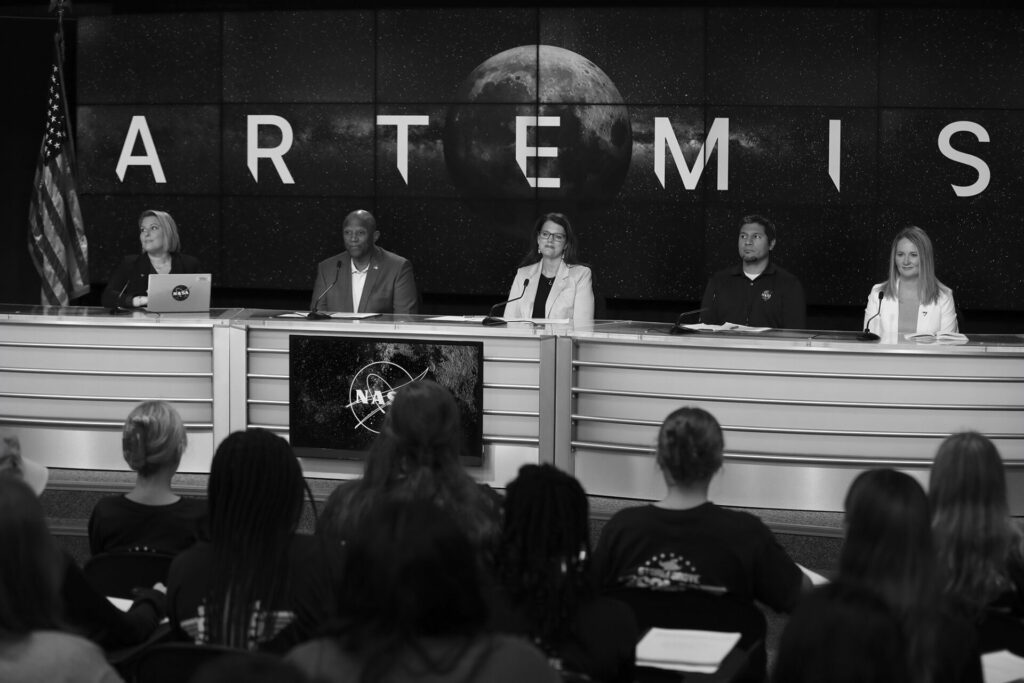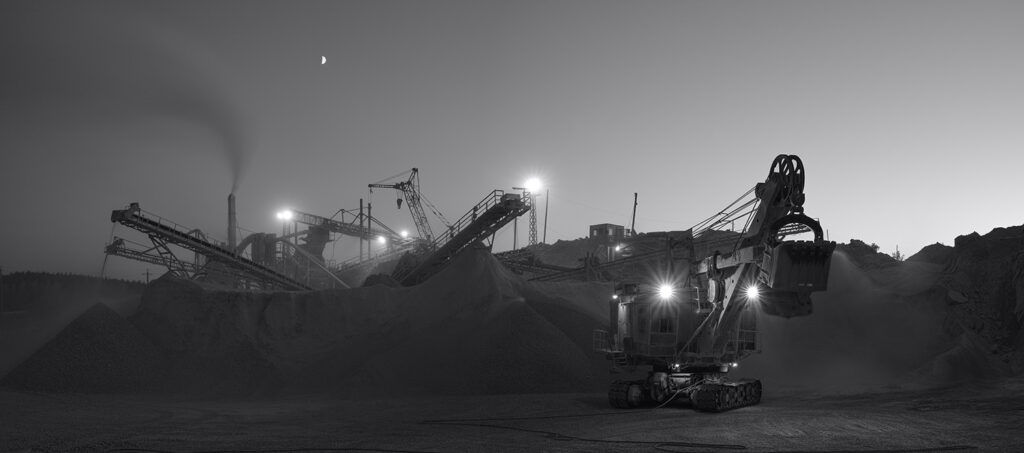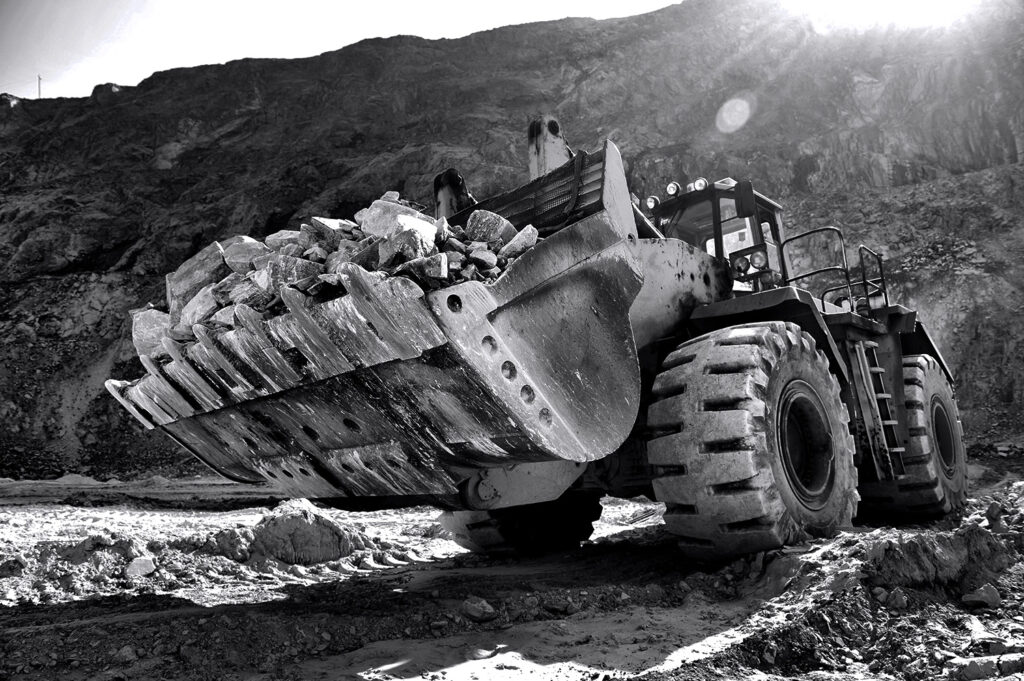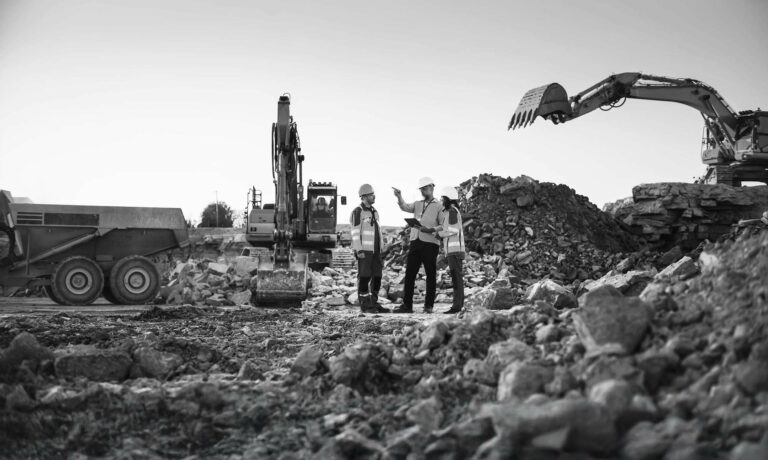The construction industry has existed, in some form, as long as life itself. For millennia, structures have been produced for protection, shelter, and comfort, many of these being as complex and innovative as circumstances allowed. Long before modern technologies had been developed, creative minds have used the tools around them to build and to develop structures. While this has all been of huge benefit to us as a global community, it has not always been a smooth ride. Alongside the tumult of the business world, labor shortages and supply chain issues, the construction industry is in a constant battle with the earth that we are building on. Practices have advanced and are now reaching a point where environmental impacts can be offset to a degree, but the construction world is by no means a clean one. Innovation and science are combining to produce the most sustainable materials while processes have become so refined that the impact on land is minimal, however, there is still an impact. Unsurprisingly, the industry is looking for alternatives. With unnerving predictions of climate related conditions and the diminishing ability to develop new types of energy, our view has turned slightly further afield.
Since the sixties gave rise to space exploration, we have had a fascination with the detailed mapping, understanding, and prospect of habitability of it. Science fiction has long been a fan of building worlds where space travel and settlements are the norm. While, until now, these stories have been just that; fiction, it seems as though the construction world is set to become even more exciting. In a fascinating mix of technology and construction know-how, the idea of permanent structures in space are closer than ever. NASA’s Artemis Mission is a project that is on track to making deep space travel and exploration a reality. “Artemis I is the first integrated test of NASA’s deep space exploration systems: the Orion spacecraft, Space Launch System (SLS) rocket and the ground systems at the agency’s Kennedy Space Center in Florida. The first in a series of increasingly complex missions, Artemis I is an uncrewed flight test that will provide a foundation for human deep space exploration and demonstrate our commitment and capability to return humans to the Moon and extend beyond.” In an example of just how transformative this could be, it seems the potential of the mission is limitless. “With Artemis I, NASA sets the stage for human exploration into deep space, where astronauts will build and begin testing the systems near the Moon needed for lunar surface missions and exploration to other destinations farther from Earth, including Mars. With Artemis, NASA will collaborate with industry and international partners to establish long-term exploration for the first time.”

So, what does this all mean? According to NASA’s Steve Creech, the goal is to progress further than we ever have before. “Apollo was awesome, but a lot of it was to just prove that we could do it. I’m not saying it wasn’t important, but this time we want to do it in a way that’s sustainable and that leads to next steps.” While the answer may not be entirely clear, it seems as though the construction industry will soon be tasked with meeting demands more stringent and complex than ever before. In fact, much preparatory work has already been taking place in recent years. Space construction has been taking place for quite some time. With repair work and similar projects taking place on satellites, scientists are well aware of the challenging conditions that are involved in these endeavors. The European Space Agency (ESA) has been conducting studies and research into the challenging conditions that would be faced by construction materials used outside of earth’s atmosphere. “To get the range on the Moon, you need mobility systems, the crew can’t go very far on foot. The science we want to do is in a lot of locations around the Moon, the goal is to build systems that would be capable of month-long or better excursions.” However, according to Aidan Cowley, scientific advisor at ESA, it is this extended period of time that proves the most challenging. “You’re dealing with three major challenges – radiation, temperature extremes and meteorite impacts. On the Moon you’re exposed to solar radiation and cosmic rays at a much more dangerous dose level and temperatures can range from 100C (212F) in the day to -180C (-292F) at night. Then, all you need to do is look at the Moon and you see its craters; it’s being constantly pelted by micrometeorite impacts, and this essentially ablates and damages anything on the surface over time.”

The good news in this regard is that the construction industry has developed materials capable of withstanding these conditions. From transparent aluminum to 3D Graphene, the work has already been done in this regard. One barrier, however, is the transportation and cost of sending these materials to such a hostile environment. That is why, according to Cowley, it is vital that technology it utilized in combination with locally sourced materials. “If you look at the history of our civilization, every time we move to a new location, a new continent, we look around to find what resources are there and we use them to sustain ourselves,” says Cowley. “This is how we proliferated across the planet.” By using naturally occurring lunar resources such as minerals, sunlight and water ice, projects can move from potential to reality. In addition, according to Rachel Klima from Johns Hopkins Applied Physics Lab, it is vital that the concept of waste should no longer be tolerated. “If you really want to do it for the long term, we need to make the most of every resource that we bring or extract. If you have waste heat, use the heat for something… if you have waste metal when you’re trying to create oxygen, use the metal… if you have waste scrap metal, use the scrap metal,” says Klima. “You don’t want to trash things up!”
The thought of using local materials such as rock and ice brings to mind thoughts of very basic, and unhospitable structures. The truth is considerably more dynamic and exciting. ICON, the Texan 3D structure printing company that specializes in advanced construction tech was recently awarded a $57.2 million contract to develop ‘Olympus,’ a 3D-printing system that could be used for building on both the Moon and Mars by using local materials. According to ICON CEO Jason Ballard, the potential benefits are incredible. “Olympus will allow us to build all the elements of infrastructure necessary for a lunar outpost and ultimately a moon base. This is launch and landing pads, roadways, habitats, you name it — all the things we need on the moon.”
With further plans for using lunar rock and 3D printed pavements to create a road and infrastructure network on the Moon, it seems as though the plans are growing exponentially by the day. What was once science fiction is now much more than that. The collaborative efforts of the construction and scientific fields are ensuring that human life is on the cusp of its most advanced development ever. While change and growth on earth may always be the primary goal of the industry, it is always reassuring to know that the industry continues to dream big.


















